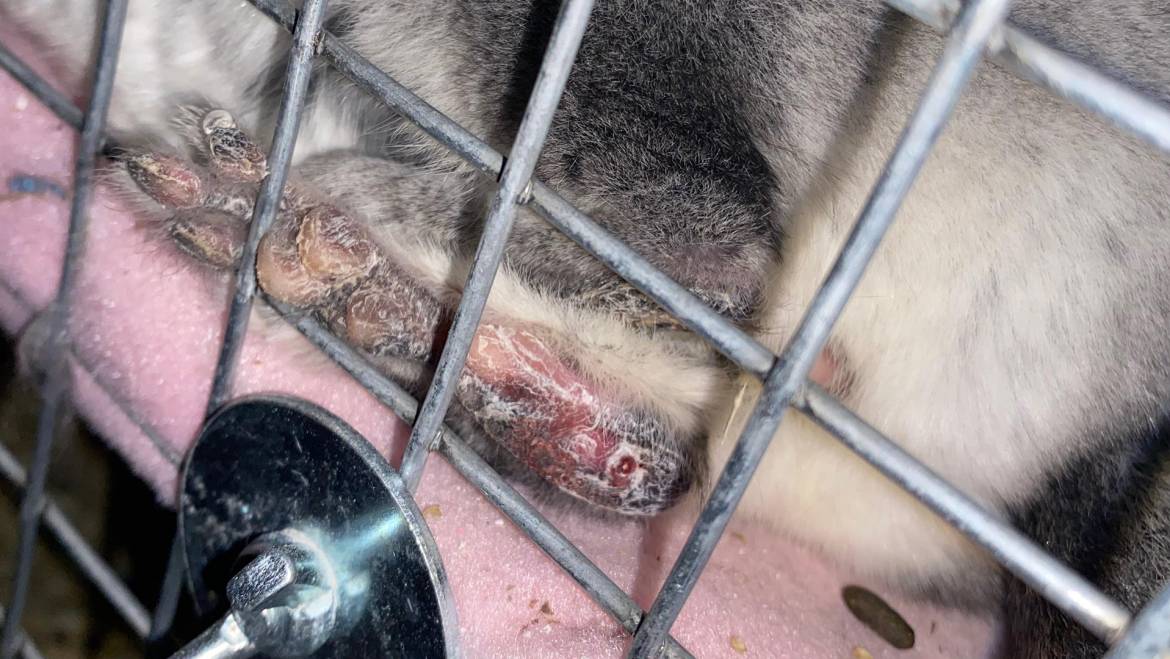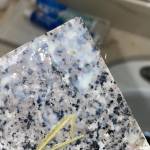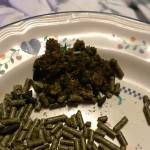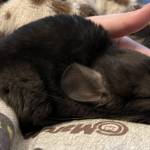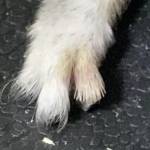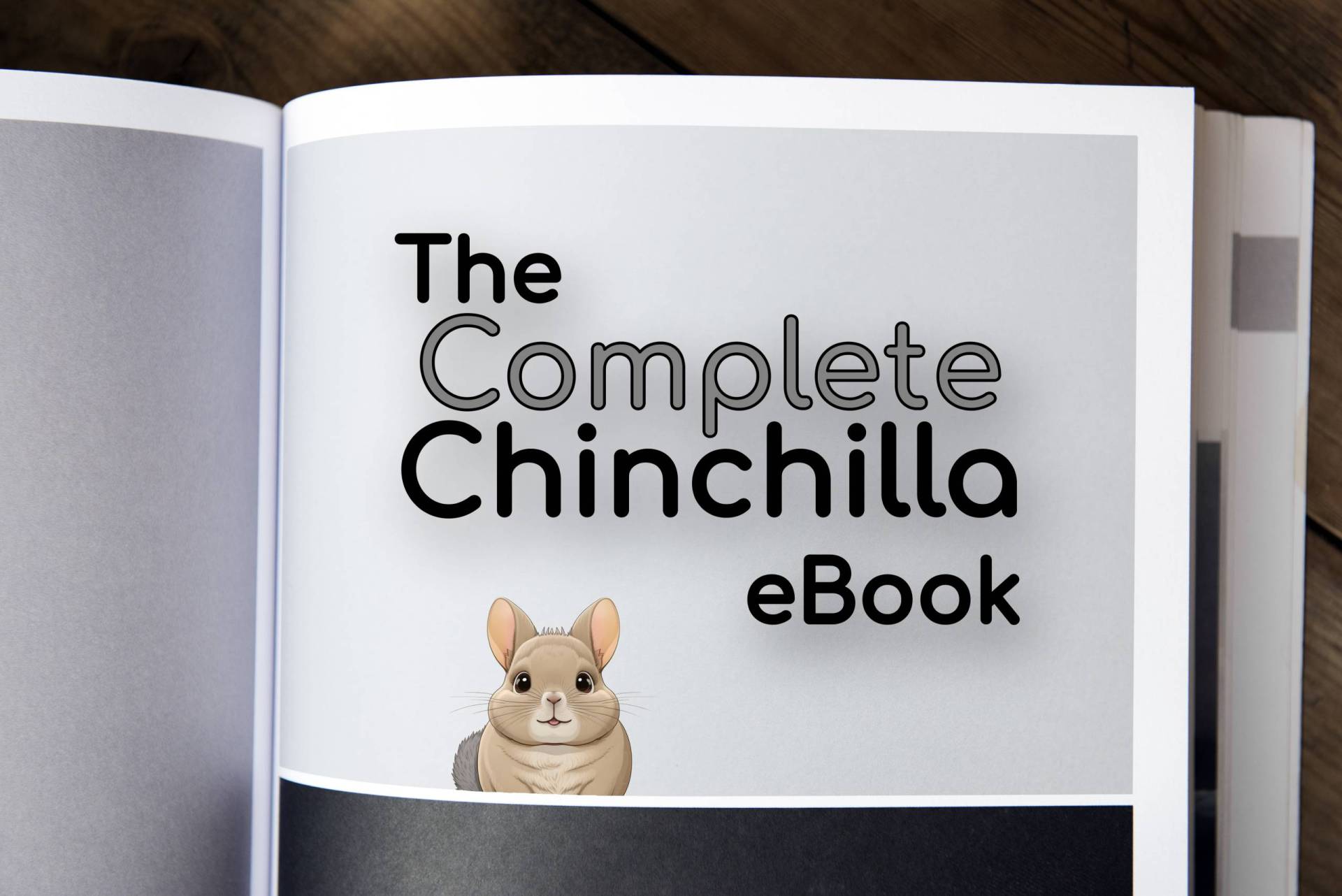Bumblefoot is a common foot infection that affects chinchillas. Also known as pododermatitis, it is a painful condition that can cause severe discomfort, lameness, and even lead to death if not treated promptly. Bumblefoot is caused by bacterial infection that occurs when chinchillas are housed in unclean and unsanitary conditions or when their cages have hard surfaces or rough bedding. In this article, we will delve deeper into the causes, symptoms, and treatments for bumblefoot in chinchillas.
Causes of Bumblefoot in Chinchillas
Bumblefoot in chinchillas is caused by a bacterial infection that enters through the skin of the foot. The bacteria can thrive in unsanitary living conditions, such as dirty cages, soiled bedding, and wet surfaces. Additionally, chinchillas that are overweight or lack exercise are at an increased risk of developing bumblefoot, as they are more prone to pressure sores on their feet.
Another factor that can cause bumblefoot in chinchillas is the type of bedding used. Bedding that is too hard or rough, such as wood chips or shavings, can irritate the foot and create small cuts or abrasions that allow bacteria to enter the foot. Bedding that is too wet or damp can also lead to bacterial growth and infection.
Symptoms of Bumblefoot in Chinchillas
Chinchillas that have bumblefoot will typically show signs of pain and discomfort when walking or standing. They may also develop sores or ulcers on the bottom of their feet that are red, inflamed, and warm to the touch. Other symptoms of bumblefoot in chinchillas include limping, loss of appetite, and a decrease in activity level.
If left untreated, bumblefoot can become a chronic condition and lead to more severe symptoms, such as severe infection, abscesses, and even death. Therefore, it is essential to seek veterinary care as soon as you notice any signs of bumblefoot in your chinchilla.
Treatment for Bumblefoot in Chinchillas
The treatment for bumblefoot in chinchillas will depend on the severity of the infection. In mild cases, the veterinarian may recommend cleaning the affected foot and applying an antibiotic cream or ointment. However, in more severe cases, the chinchilla may require surgery to remove the infected tissue and prevent the infection from spreading to other parts of the body.
In addition to medical treatment, it is also essential to address the underlying cause of bumblefoot in chinchillas. This may involve improving their living conditions by providing clean, dry, and comfortable bedding, ensuring their cage is cleaned regularly, and providing adequate exercise and a healthy diet. Overweight chinchillas may also benefit from weight management and exercise programs to reduce pressure on their feet.
Preventing Bumblefoot in Chinchillas
The best way to prevent bumblefoot in chinchillas is to ensure they are housed in clean and comfortable living conditions. This includes providing them with a clean and dry cage, soft and comfortable bedding, and plenty of opportunities for exercise and play. It is also essential to maintain a healthy diet and weight to reduce pressure on their feet.
Regular foot checks can also help to prevent bumblefoot in chinchillas. This involves inspecting the bottom of their feet for any signs of redness, swelling, or sores. If you notice any of these symptoms, it is essential to seek veterinary care immediately to prevent the infection from spreading.
Bumblefoot in chinchillas is a painful and potentially life-threatening condition that is caused by bacterial infection. It is crucial to maintain clean and comfortable living conditions for your chinchilla and to perform regular foot checks to prevent bumblefoot from occurring. If you notice any signs of bumblefoot, such as redness, swelling, or sores, it is essential to seek veterinary care immediately to prevent the infection from spreading and causing further harm.
By following proper care and maintenance practices, you can help to ensure that your chinchilla stays healthy and free from bumblefoot. It is essential to prioritize their health and well-being to provide them with a long and happy life.

